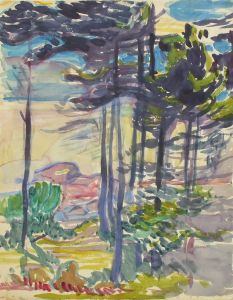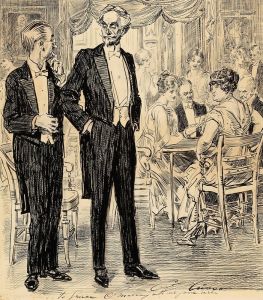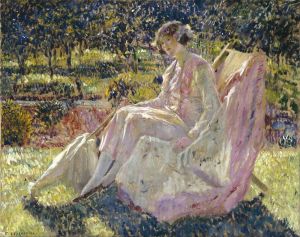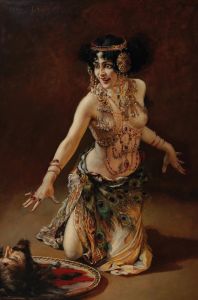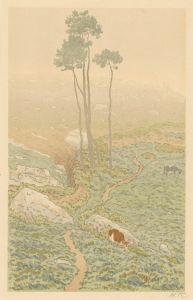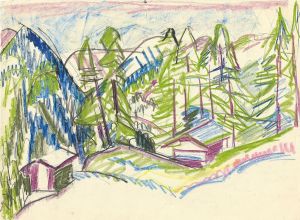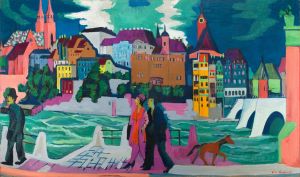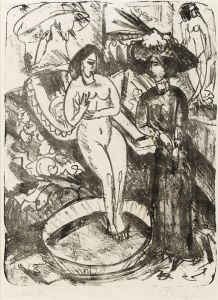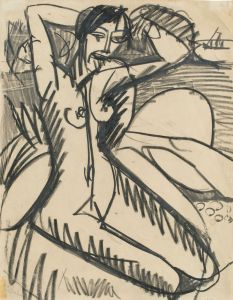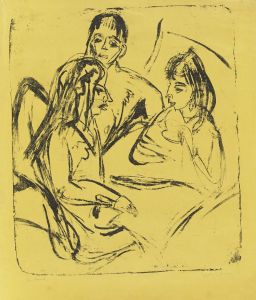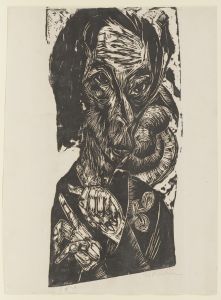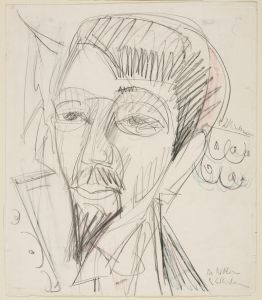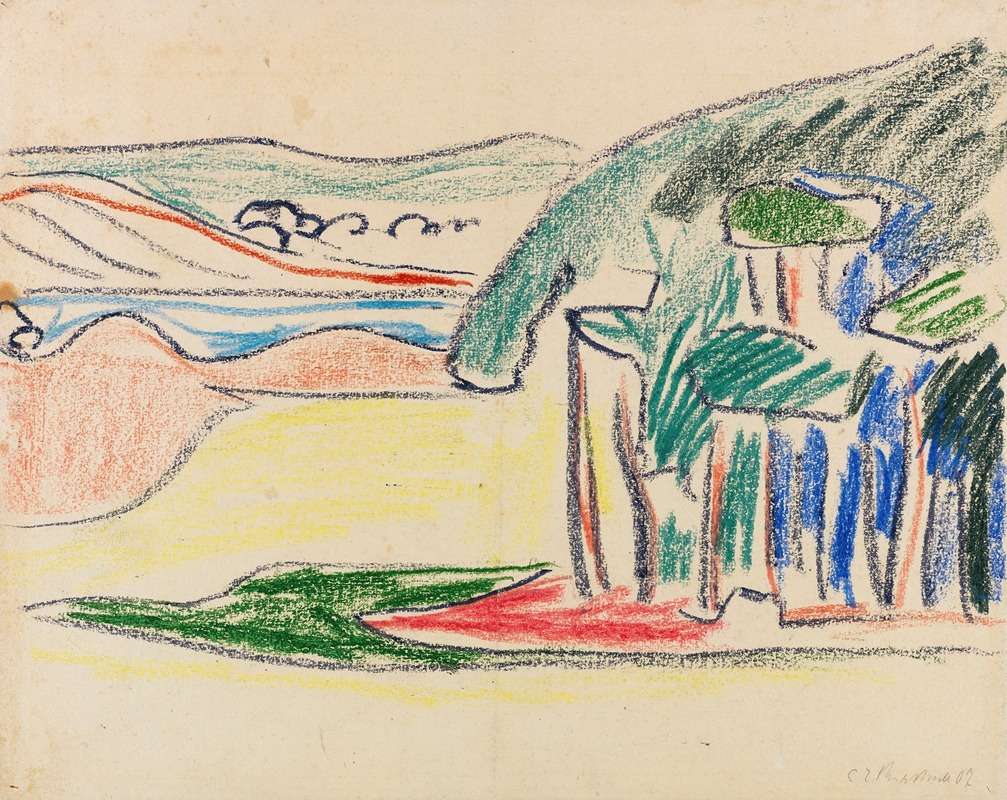
Moritzburger Teiche
A hand-painted replica of Ernst Ludwig Kirchner’s masterpiece Moritzburger Teiche, meticulously crafted by professional artists to capture the true essence of the original. Each piece is created with museum-quality canvas and rare mineral pigments, carefully painted by experienced artists with delicate brushstrokes and rich, layered colors to perfectly recreate the texture of the original artwork. Unlike machine-printed reproductions, this hand-painted version brings the painting to life, infused with the artist’s emotions and skill in every stroke. Whether for personal collection or home decoration, it instantly elevates the artistic atmosphere of any space.
"Moritzburger Teiche" (Moritzburg Ponds) is a painting by the German expressionist artist Ernst Ludwig Kirchner. Kirchner, born on May 6, 1880, in Aschaffenburg, Germany, was a founding member of the influential artist group Die Brücke (The Bridge), which played a crucial role in the development of Expressionism in the early 20th century. The group sought to create a new artistic language that broke away from traditional academic standards and embraced a more emotional and spontaneous approach to art.
"Moritzburger Teiche" was created during a period when Kirchner and other members of Die Brücke frequently visited the Moritzburg lakes near Dresden. These excursions, which took place around 1909 to 1911, were pivotal for the artists, providing them with a natural setting that inspired a series of paintings, drawings, and prints. The Moritzburg lakes, with their serene landscapes and reflective waters, offered a perfect backdrop for the artists to explore their ideas about color, form, and composition.
In "Moritzburger Teiche," Kirchner employs bold, vibrant colors and dynamic brushstrokes to capture the essence of the landscape. The painting reflects the influence of Fauvism, particularly the works of Henri Matisse, which Kirchner and his contemporaries admired for their use of color and expressive potential. The composition of the painting is characterized by its rhythmic patterns and the interplay of light and shadow, which create a sense of movement and vitality.
Kirchner's approach to painting was deeply influenced by his interest in non-Western art, particularly African and Oceanic art, which he encountered in ethnographic museums. This interest is evident in the simplified forms and exaggerated features of the figures and landscapes in his work. In "Moritzburger Teiche," the trees, water, and sky are rendered in a stylized manner, emphasizing their structural and emotional qualities rather than their realistic appearance.
The painting also reflects Kirchner's fascination with the idea of the artist as a bridge between the past and the future, a concept that was central to the philosophy of Die Brücke. By drawing on a wide range of artistic traditions and experimenting with new techniques, Kirchner sought to create a modern visual language that could express the complexities of contemporary life.
Ernst Ludwig Kirchner's career was marked by both critical acclaim and personal struggles. He served in World War I, which had a profound impact on his mental and physical health. After the war, he moved to Switzerland, where he continued to work despite ongoing health issues. Kirchner's work was later condemned by the Nazi regime as "degenerate art," and many of his pieces were removed from German museums. Despite these challenges, Kirchner's contributions to modern art have been widely recognized, and his works are held in major collections around the world.
"Moritzburger Teiche" remains a significant example of Kirchner's innovative approach to landscape painting and his ability to convey the emotional resonance of the natural world through his distinctive style. The painting is celebrated for its vibrant use of color, dynamic composition, and the way it encapsulates the spirit of the Expressionist movement.





